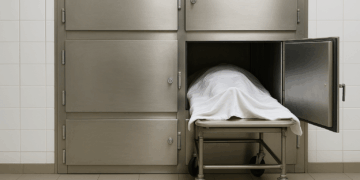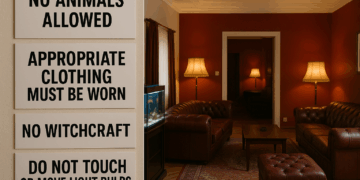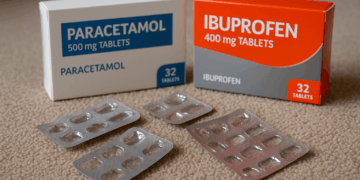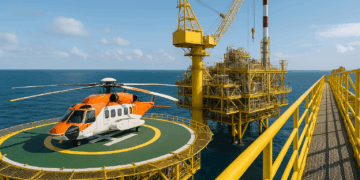Noise & Vibration at Work: Practical Controls (2005 Regulations)
Last updated: 10 November 2025
Author: Jade Anderson, Senior Reporter — UK-Safety.News
Exposure Action Values
Noise: Lower: 80 dB(A) LEP,d; Upper: 85 dB(A) LEP,d; Limit: 87 dB(A) with attenuation.
Hand–Arm Vibration: EAV 2.5 m/s² A(8); ELV 5 m/s² A(8). Plan controls accordingly.
Control Strategy
1) Assess & measure
Noise mapping and dosimetry; HAVS exposure calculation for tools; identify high contributors.
2) Engineer first
Quieter equipment, enclosures, damping, isolation mounts, anti-vibration handles/consumables.
3) Admin controls
Job rotation, exposure time limits, maintenance of tools/blades, quiet zones.
4) PPE & verification
Fit-tested hearing protection with SNR matched to residual noise; anti-vibration gloves (limited benefit) + correct grip/technique.
5) Health surveillance
Audiometry for noise-exposed; tiered HAVS surveillance; act on early symptoms.
Quick Compliance Checks
✅ Exposure assessment reports on file
✅ Engineering controls implemented/maintained
✅ PPE selection matrix & fit records
✅ Health surveillance up to date
✅ Employee information & signage in place






















